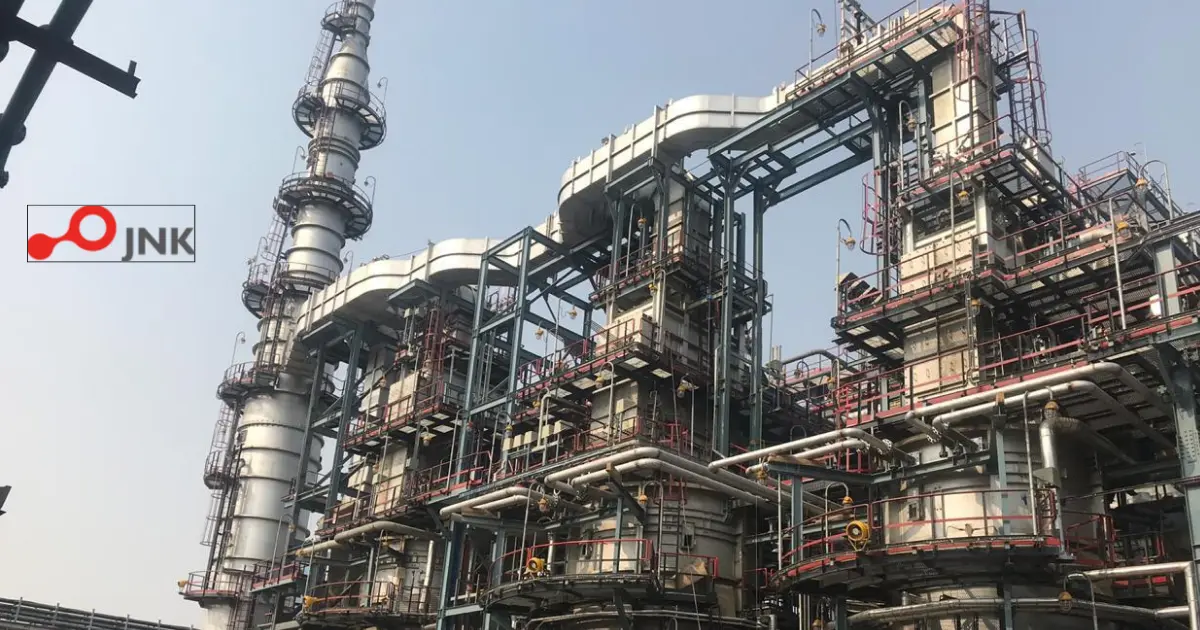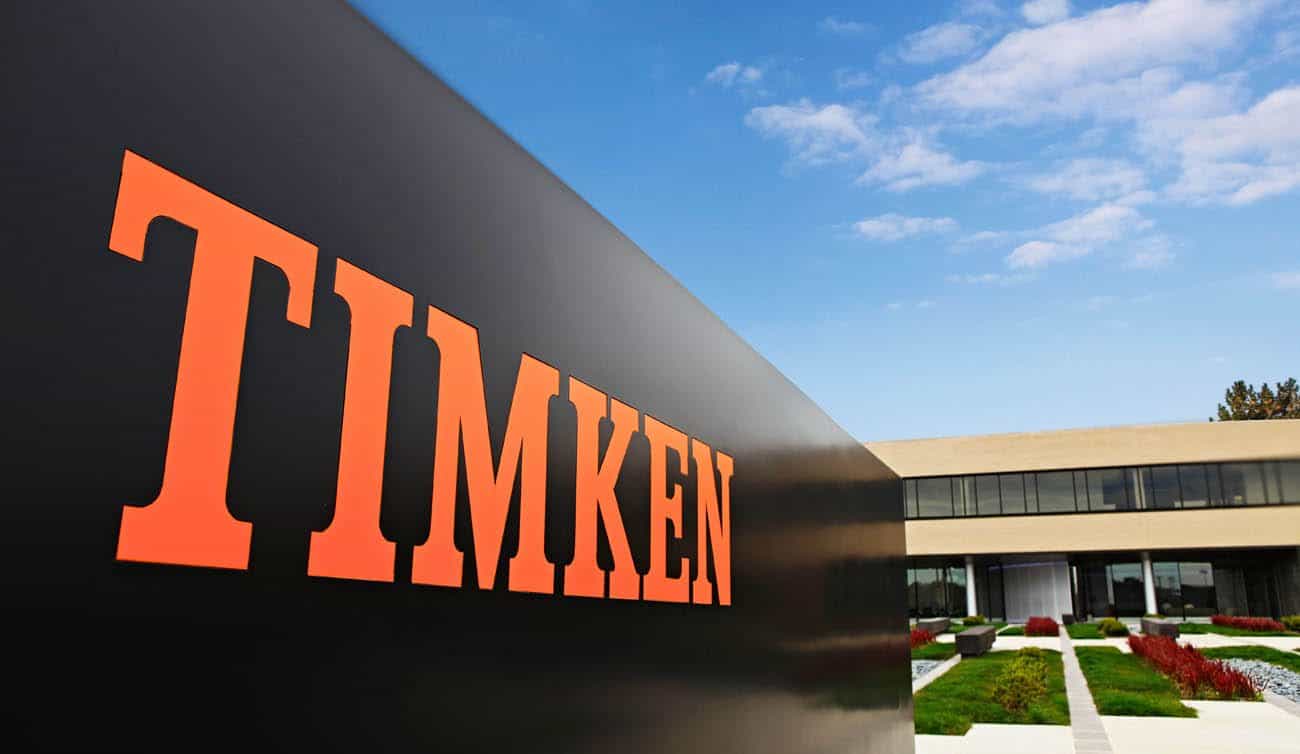 Image Source: MSN
Image Source: MSN
Key Highlights
Apple’s iPhone 17 series, set to launch in September 2025, is widely anticipated to debut at higher prices in the United States, with analysts forecasting an across-the-board $50 price increase compared to last year’s models.
The price revisions are attributed to a combination of escalating global component costs and a newly announced 25% import duty imposed by Donald Trump's administration on Indian goods, with Apple also combating ongoing tariffs on Chinese-manufactured products.
Reports indicate that while the base iPhone 17 may retain the current price of $799, models like the iPhone 17 Air, iPhone 17 Pro, and iPhone 17 Pro Max could see starting prices of $949, $1,049, and $1,249 respectively.
Industry observers believe these price increases are a strategic move by Apple to offset shrinking margins from tariffs rather than a result of new product features alone, though the company is expected not to directly attribute these hikes to political decisions.
Why the Price Hike? Tariffs and Complicated Supply Chains
The 25% tariff on Indian imports, introduced by Trump’s administration, is part of a broader escalation in US trade policy targeting India’s growing electronics manufacturing sector. This move comes as Apple accelerates its shift from China-centric manufacturing to Indian partners, a transition that was previously intended to mitigate risks posed by the US-China tariff war.
The new import duty compounds existing tariffs: Apple already faces a 10-30% duty on iPhones made in China, and now, with a 25% levy on Indian-assembled iPhones, the company finds itself caught in a global crossfire.
In practice, Apple’s increasing reliance on India for final assembly—and the sourcing of some components—means the new tariff directly impacts its cost structure.
Analysts reflect that Apple is left with limited options: absorb the margin hit or pass the additional costs to US consumers. Given Apple’s business model, the decision favors the latter, with a uniform price adjustment across much of the iPhone 17 lineup.
What It Means for Buyers: New Price Table and Impact
The price for the base iPhone 17 is likely to remain at $799.
The new iPhone 17 Air could start at $949, while the iPhone 17 Pro may launch at $1,049, and the Pro Max could reach $1,249.
These figures represent an approximate $50 hike for most models, with some speculation that Apple might go higher for top configurations, particularly as component and shipping costs remain volatile.
Internationally, prices are anticipated to be higher still, as markets outside the US typically see larger markups once local taxes and currency fluctuations are factored in.
Corporate and Political Reactions
Apple has thus far avoided directly commenting on how US tariffs will affect retail prices. If history is any guide, Apple is expected to frame the increases around new features, design improvements, or general inflationary trends.
The Wall Street Journal and industry analysts note that Apple, like other multinationals, must delicately balance maintaining profit margins with political optics and consumer expectations in a highly charged election season.
There is concern among US retailers and consumer groups that escalating trade frictions could create ripple effects throughout the electronics sector, potentially affecting jobs, supply chains, and retail traffic.
Wider Implications: Electronics Industry and Market Strategy
Apple’s move may set the tone for other electronics makers who depend on global supply chains and are similarly affected by new US import tariffs.
Supply chain experts say this is part of a broader trend: as tariff cycles intensify, consumers may increasingly bear the cost of geopolitical disputes.
The timing of the price adjustment, coordinated with the prominent iPhone 17 launch, suggests Apple is leveraging sustained demand to “normalize” higher prices in a market where phones have not seen a major price jump since 2020.
Conclusion
With the US government’s 25% duty now targeting Indian-made electronic imports, Apple’s iPhone 17 lineup exemplifies the real-world consumer impact of changing trade policies. Buyers should brace for a $50 jump in sticker prices, reflecting the cost of geopolitics as much as innovations under the hood. The coming months will reveal whether competitors absorb costs or follow Apple’s lead—reshaping not just price tags, but the overall dynamic of the US electronics market.
Sources: iDownloadBlog, Mashable
Advertisement
Advertisement








